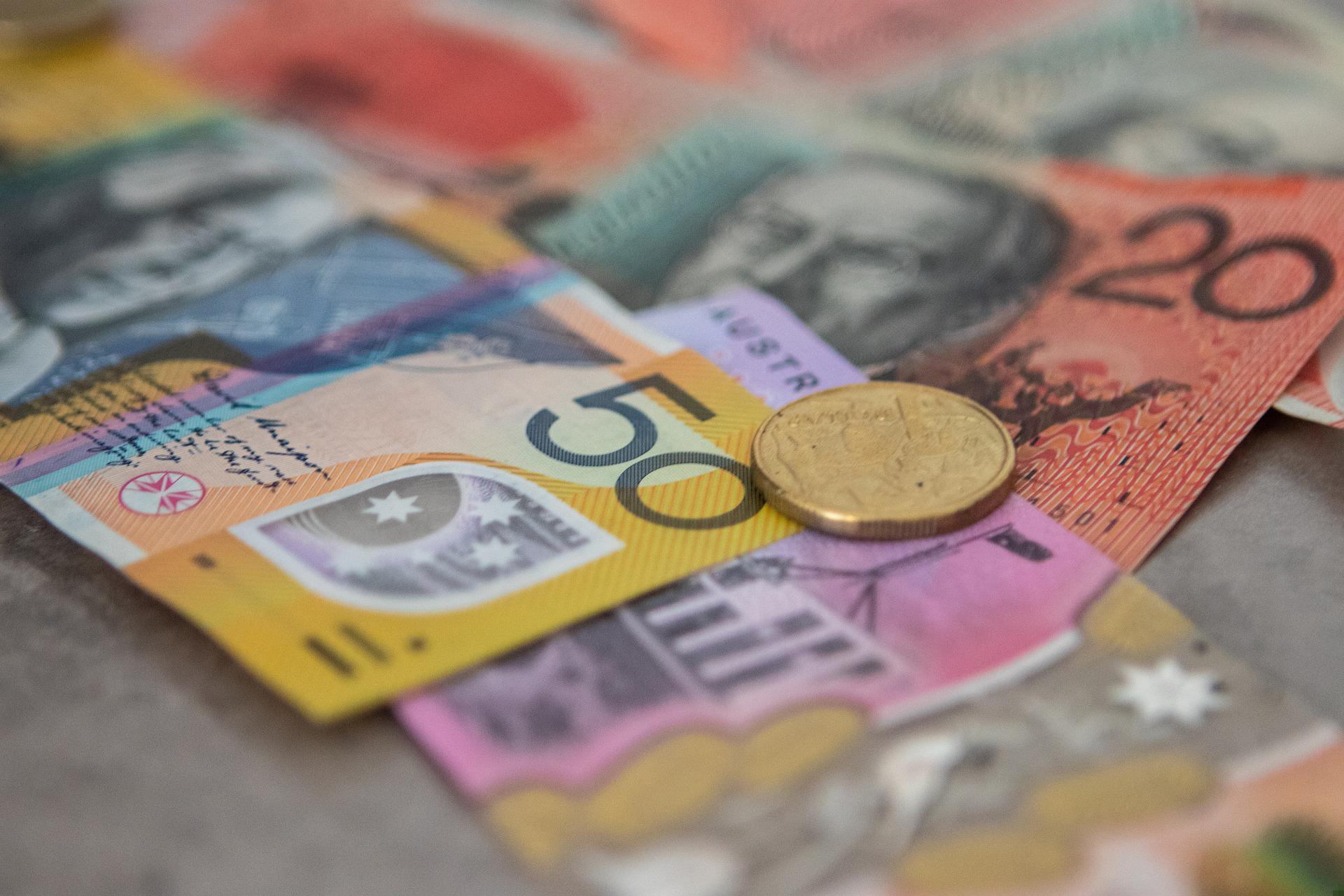The AU to US Dollar slipped to the critical support at 0.65 on Friday. The AUD/USD currency pair is at a two-year low on the aggressive stance taken by the Fed.

The AU to US Dollar currency pair lost 140 pips on Friday as investors are losing confidence, with the greenback gaining strength as a safe-haven asset.
The Fed’s aggressive monetary tightening policy is driving the Aussie currency lower. The Dollar domination signals a potential downside for the AU to US Dollar. There are chances for a further weakening in the Aussie Dollar towards the 0.6360 levels. The support turned resistance levels at 0.67 is the area to watch out for the currency pair on the upside.
Commodity Prices in Australia Surge
Treasurer Jim Chalmers claims that an improvement in commodity prices comes from temporary factors that benefit the Australian economy. Australia is one of the top producers of coal and iron ore.
The current account surplus in Australia increased to $18.3 billion for the June 2022 quarter, the 13th consecutive increase and a rise of $15 billion. The figure released by the Australian Bureau of Statistics shows an increase in the balance of goods and services by $16.3 billion. It is the result of high commodity prices, say experts.
After Australia released international border restrictions early this year, education-related services have increased. It has improved the travel sector. It may perk up the GDP movement for the June quarter of 2022.
China’s economy shows signs of slowing, which hurts trade in Australia. The decline in the Chinese economy is affecting Asian countries like Australia and New Zealand. Supply chain problems have surged along with high energy prices.
AIG construction index is at 47.9 compared to the previous figure of 45.3. The Australian Bureau of Statistics data shows a decline in trade surplus to A$8.7 billion compared to A$17.1 billion in June. Export of iron ore and coal dropped 9.9% and 15%, respectively. Imports increased by 4.2%.
The unemployment rate increased to 3.5% in July from 3.4% in June, reflecting weakness in the Australian economy. The Australian Bureau of Statistics labor head Bjorn Jarvis reported a loss of more than 40,000 jobs last month.
The tech sector is a fast-growing industry in Australia. According to data released by the Export Council of Australia, the tech sector in Australia has become the fourth-largest sector in exports. Agriculture, health, biotech, and urban management are other sectors that contribute to increased exports in Australia.
RBA Expected to Hike Rates in October
The RBA has hiked rates by 225 basis points in 2022. Chalmers says that no more relief measures can be expected this year. Taming high inflation in the country is given priority.
The RBA lifts interest rates to 2.35%, an increase of 50 basis points. It is the highest increase in the cash rate since 2015, in line with expectations. The RBA Governor Philip Lowe expects inflation to peak at 8% by the end of the year. The tightening of monetary policy by the Fed has led to high inflation in developed countries. RBA Governor Philip Lowe may hike rates in the next meeting on October 4 by another 25 or 50 basis points to lower the rising inflation. There is uncertainty in the world’s economic state.
The Australian Bureau of Statistics released the annual CPI at the end of June at 6.1%. In June 2021, it was at 3.8%. The RBA expects inflation to reach 3% in 2024.
Major Currency Pairs Forecast
AUD/JPY
The Australian Dollar to Japanese Yen is at a one-month low at 93.54. The ultra-loose monetary policy taken up by the Bank of Japan put the Japanese Yen on a strong downtrend for two weeks and is expected to slip further to 93.00 levels if the weakness continues. The AUD/JPY faces resistance at 94.20 levels.
The rapid sell-off in the Japanese Yen was halted by the government intervening to stabilize the currency, but experts predict that the Yen’s stability is short-lived.
GBP/AUD
The British Pound lost almost 400 pips last week and slipped to hit a 27-year low below 1.10. The GBP/AUD lost almost 500 pips on Friday, September 23, 2022. The new policy by the government under PM Liz Truss will determine the future trend of the British Pound to the Australian Dollar.
EUR/AUD
The Euro to Australian Dollar shows mild fluctuations at the 1.48 level. The EUR/AUD currency pair has strong support at the 1.4800 levels and resistance at 1.4900 levels.
The Euro has weakened with supply constraints in the energy sector as energy prices are at a record high.
US Dollar
The Federal Reserve’s monetary policy tightening has weakened the Australian Dollar. The US Dollar is robust at 112.96 and is at a 20-year high. The DXY may face resistance at 113.68 and support at 110.10.
The strong US Dollar rally is pushing the AU to US Dollar lower.